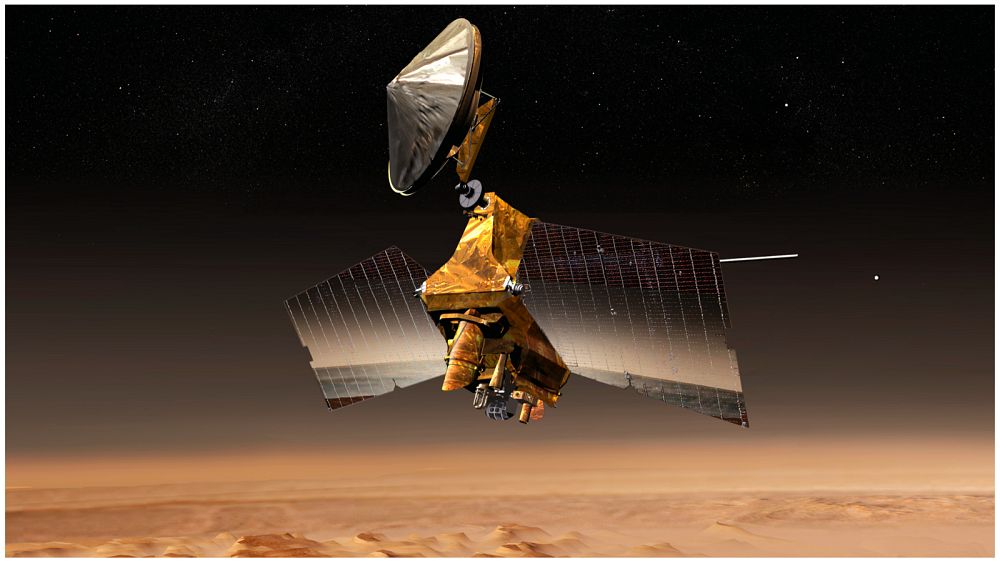The US space agency (NASA) said Thursday that the InSight spacecraft, which has been on the surface of Mars since 2018, will run out and stop working within four to eight weeks, as scientists have talked about the details they have monitored on its four mission of the year.
Bruce Banerdt, a planetary physicist at NASA’s Jet Propulsion Laboratory and principal investigator of the Insight mission, said at a news conference that dust was accumulating on the solar panels that power the spacecraft and that the situation was exacerbated by a dust storm. , which was running out of batteries.
The InSight mission, which helped reveal Mars’ internal structure and seismic activity, was supposed to last two years but has been extended to four. When the current runs out, Bannerdt said, NASA will lose contact with the spacecraft.
“Insight has far exceeded my expectations,” he told Reuters. “We have determined the thickness of the crust, the size and density of the inner core and the details of the structure of the outer surface. For the first time, we have a complete and detailed map of the deep interior of a planet other than the Earth and the Moon.” .
Insight also revealed that Mars is seismically active, with 1,318 recorded tremors.
Two articles published in the journal Science detail the meteorite hits on Mars that Insight discovered in September and December last year. The seismic waves of the strikes revealed new details about the structure of the crust of Mars and the outer layer of the planet.
Among the objects of particular interest was a space rock between five and 12 meters in diameter that crashed on December 24 in an area called Amazonis Planetia, digging a hole 150 meters wide and 21 meters deep.
Similar massive bodies enter the Earth’s atmosphere about once a year but generally burn in our planet’s densest atmosphere.


